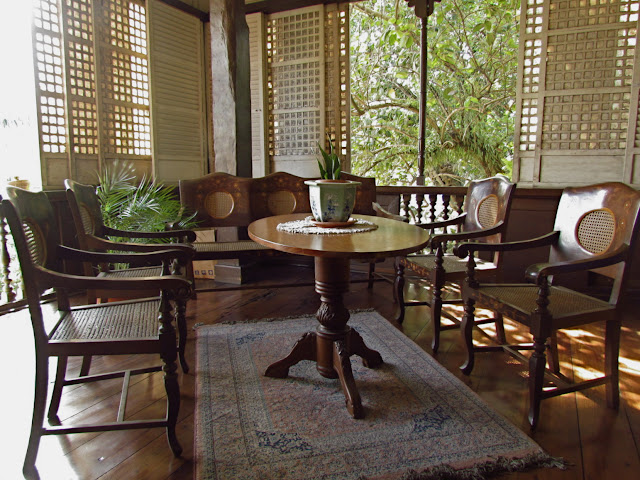Just in time when we're starting to sniffle because of the changing weather, the dalandán trees (mandarin orange, Citrus reticulata) are ready for picking! It's a great Vitamin C morning boost (above), and infinitely more delicious than temperate-country citruses.
Some trees are so heavy with fruit (below) that we have to brace them with pole supports. In my area, these are called çintóres and I couldn't decipher how this name came about in Batángas. It sounds Hispanic and plural, but no amount of internet researches sheds light on the name's source.
We have around thirty trees in all, mature and fruiting by the time I acquired the farm. Apparently, they were grafted from a prolific mother tree; they do produce a bountiful yield but the tree's life span may not be as long as one borne from seed.
I will need to start planting a new grid of cintores trees to eventually replace this batch, which will hopefully remain fruit-bearing for around ten more years.













































